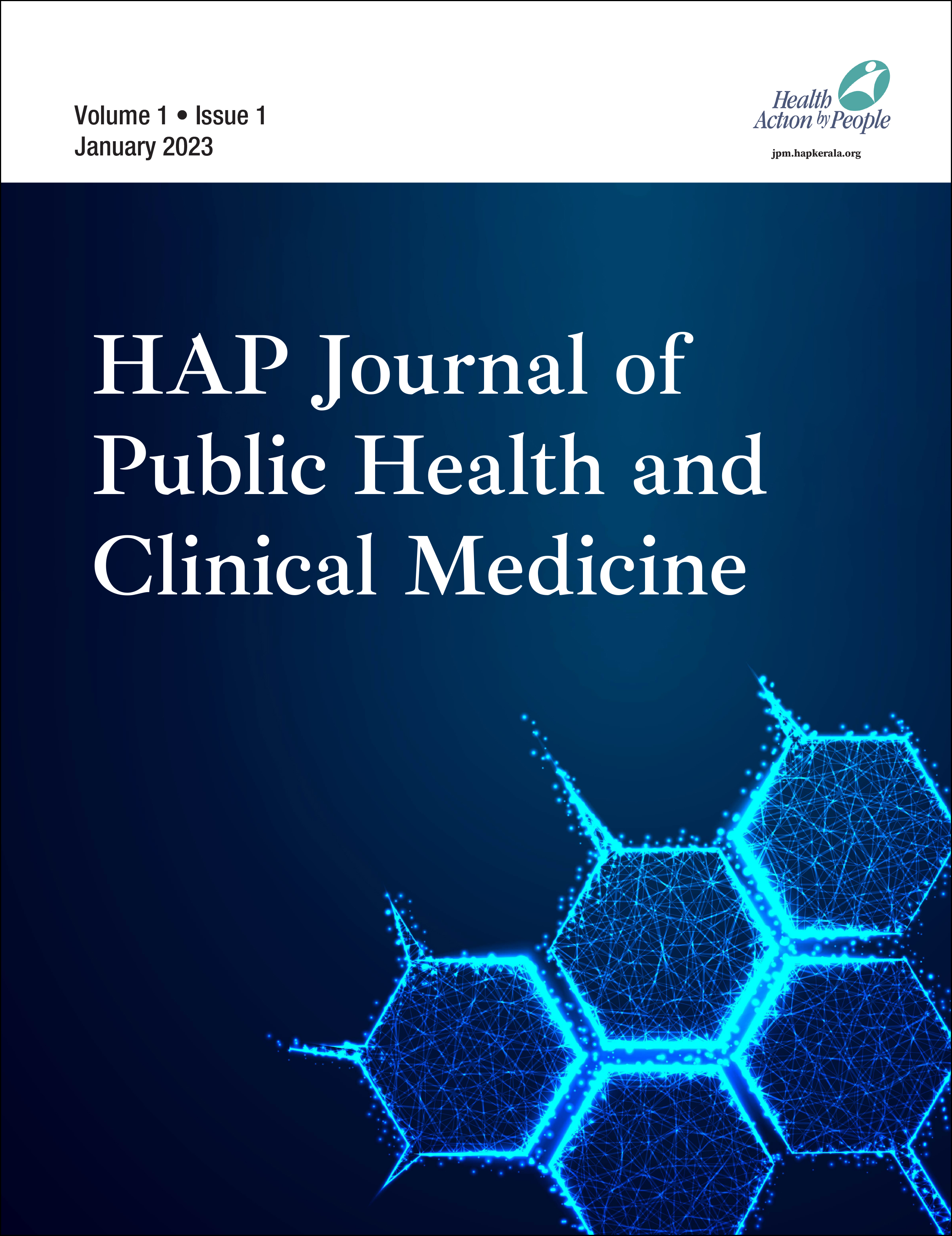
Abhi Thaker and Farjana Memon both share equal first authorship
1 Public Health Foundation of India, Gandhinagar, Gujarat, India
2 Indian Institute of Public Health Gandhinagar, Gandhinagar, Gujarat, India
Creative Commons Non Commercial CC BY-NC: This article is distributed under the terms of the Creative Commons Attribution-NonCommercial 4.0 License (http://www.creativecommons.org/licenses/by-nc/4.0/) which permits non-Commercial use, reproduction and distribution of the work without further permission provided the original work is attributed.
Background: Adolescence is a pivotal period of reproductive maturation and cognitive development; the right intervention during this phase can prevent future health consequences. This study aimed to assess the prevalence and predictors of anemia among the Ashram Shala adolescents in a tribal part of Gujarat.
Methods: In this cross-sectional study, 414 students enrolled from 8 Ashram Shalas of Sabarkantha, Gujarat. A pretested structured questionnaire was used to document sociodemographic profiles, food consumption patterns, handwashing practices, awareness about anemia, and availability of iron folic acid tablets. Hemoglobin was measured by “ToucHb,” (provided by Biosense Technologies Private Limited, A-233, Road No.21-Y, Wagle Industrial Estate, Thane, Maharashtra, India-400604) a noninvasive device in which the amount of Hb was measured by clicking pictures of the conjunctiva of participants. Statistical analysis was conducted through Statistical Package of Social Sciences (SPSS) version 20 (developed by Norman H. Nie, Dale H. Bent, C. Hadlai Hull and aquired by IBM in 2009).
Result: Study documented the greater prevalence of anemia among girls compared to boys (51.2% versus 48.7%; P = <0.001). The prevalence of mild anemia was more among the boys (33.5% versus 28.0%), whereas the prevalence of moderate and severe anemia among the girls (19.2%, and 3.9%) was higher than that in boys (14.8% and 0.5%). The odds of having anemia among the girls were 3.875 [CI (2.523, 5.953)] times greater as opposed to boys. Similarly, the adolescents who were neither consuming eggs [OR = 2.297, CI (0.925, 5.708)] nor washing their hands after defecation [OR = 2.135, CI (0.717, 6.358)] were more likely to have anemia.
Conclusion: The high prevalence of anemia among girls is a significant issue. Integrated interventions to address nutrition and hygiene practices were identified in the study. Regular distribution of iron folic acid tablets can reduce the risk of anemia.
Adolescence, anemia, nutrition